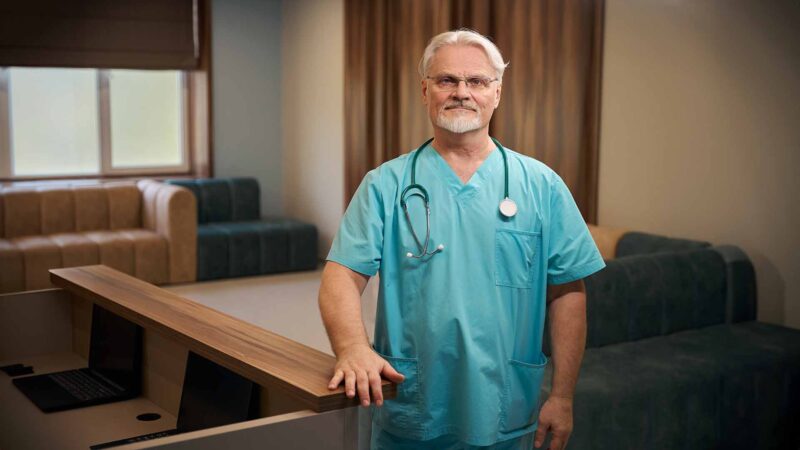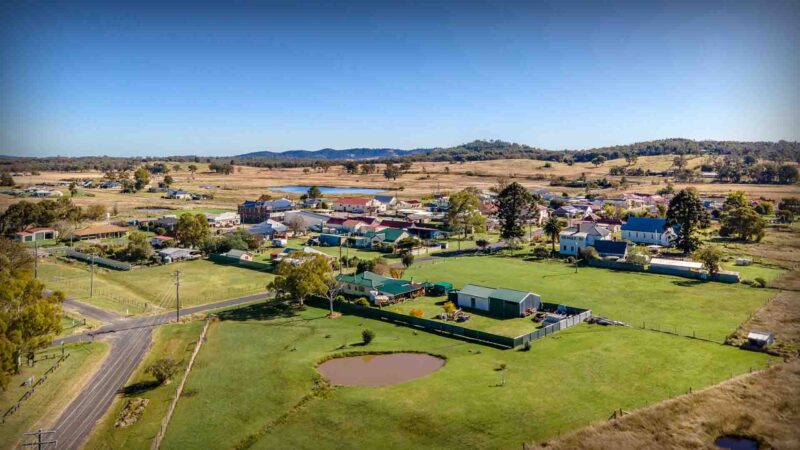In a wide ranging report looking at the carer needs across Australia, PwC Australia published Reimagine Care Workforce Solutions in October 2022.
Australian Health Journal spoke with Kerryn Dillon, Director Ageing and Reablement and Health Workforce at PwC Australia about the community care sectors of aged care, disability care and childcare the report covers.
These segments cover a number of policy portfolios – education, social services, housing, employment and health. Kerryn references some of the demands on community care workers:
- 22% of the 5.7 million aged over 60 in Australia access aged care services
- 10% of the 1 in 6 people living with a disability access specialised disability services through the NDIS
- 1.3 million of the 1.6 million children in Australia aged under 5 access child care services
Kerryn states there is a significant overlap in the duties performed across the segments and the demand will continue to grow. There are 4 key challenges that she talks about
- Demand increasing due to population growth, the ageing population, growth of NDIS
- Ageing workforce across domains such as nursing and aged care, further compounded by the same rate not entering the workforce
- Limited training for the existing workforce and focus on compliance rather than best practice
- Poor value proposition making it difficult to attract new workers
Frances McMurtrie, Senior Management from Strategy&, a division of PwC Australia speaks about the work Strategy& has done in the report on applying a demand and supply model to the care workforce shortage issues.
Frances talks about the factors and levers that determine the supply of workers, especially the key factor of motivation in performing a care worker role. The analysis includes the care worker pipeline or funnel that approximates (using ABS, Aged Care Workforce Census and NDIS National Workforce Plans) that of the 13 million Australian making up the total labour force, there are less than 1 million who are interested, trained and delivering care roles.
In researching the drop off from a pool of 13 million to 1 million, most investment is going into the “narrow-end” for training and recruitment. Research has shown there is a lack of investment in the motivation supply factor, in closer proximity to the total labour force of 13 million (and even at the top of the funnel where the working age population is at 16 million).
As Frances points out, current communication strategies on attracting care workers are focusing on the existing value proposition of being a care worker – primarily on altruism.
Reimagining care workforce solutions forms PwC Australia and Strategy&’s assessment on fiscal policy, the share economy, the role of telecare or virtual care and using robotics.
Both Kerryn and Frances conclude with earmarking technology being a significant enabler of the care worker sector and addressing some of the challenges.
You Might also like
-
State of private healthcare in Australia
Australia’s healthcare system is often described as a mixed system, with a combination of public and private providers. While public healthcare through Medicare provides universal coverage for essential services, private healthcare offers additional options and amenities for those who can afford them.
Private Healthcare Australia (PHA) is the Australian private health insurance industry’s peak representative body that currently has 21registered health funds throughout Australia and collectively represents 98% of people covered by private health insurance. PHA member funds today provide healthcare benefits for over 14 million Australians.
-
Targeted National Lung Cancer Screening Program commences in 2025
In February 2025, Australian Health Journal spoke with Mark Brooke, Chief Executive Officer of Lung Foundation Australia, at the 10th Australian Lung Cancer Conference in Adelaide, on the upcoming commencement of the National Lung Cancer Screening Program (NLCSP)
-
Medical colleges reform to address accessibility, affordability and rural challenges
Australia’s specialist medical colleges are introducing significant changes to their training selection processes to tackle the ongoing shortage of specialist doctors in rural and remote areas. The Council of Presidents of Medical Colleges (CPMC), in collaboration with the National Rural Health Commissioner, has unveiled new guidelines that prioritise candidates with rural backgrounds and experience during trainee selection.



